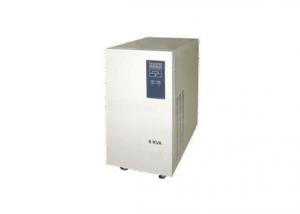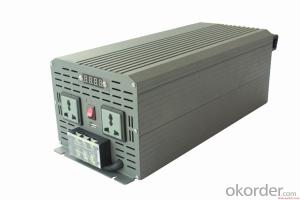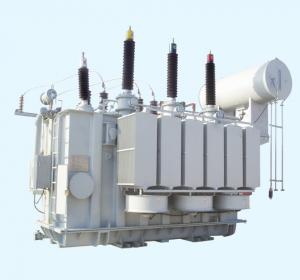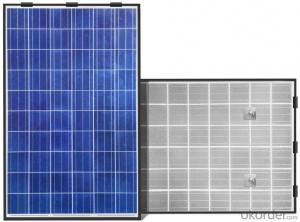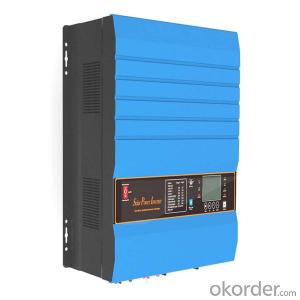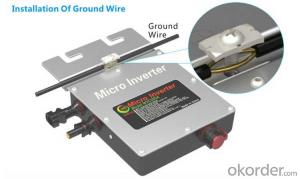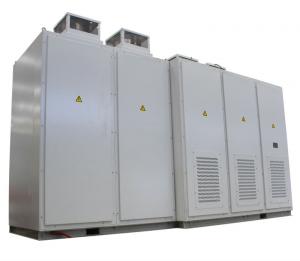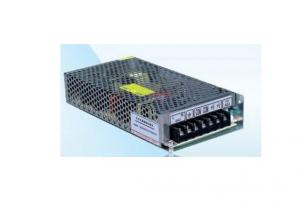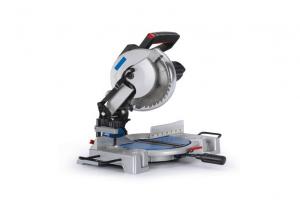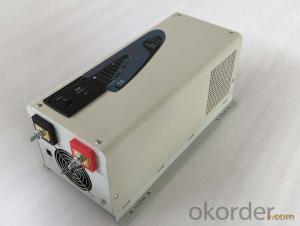Solar Edge Inverter 10kw
Solar Edge Inverter 10kw Related Searches
10kw Solar Edge Inverter Solar Inverter 10kw 10kw Solar Inverter Solar Power Inverter 10kw Solar Inverter 10 Kw 10kw Solar Power Inverter 10kw Inverter Solar 10kv Solar Inverter Solar Inverter 10kva Solar Inverter Hybrid 10kw 10kw Solar Hybrid Inverter Hybrid Solar Inverter 10kw 10kva Solar Inverter 10 Kva Solar Inverter 10kw Hybrid Solar Inverter 10 Kw Hybrid Solar Inverter 10k Solar Inverter Solar Edge Inverter 10 Kva Hybrid Solar Inverter 10kva Solar Hybrid Inverter On Grid Solar Inverter 10kw Solar Inverter 10kw Price Best 10kw Solar Inverter Solar Edge Solar Inverter 10000w Solar Inverter 10kw 3 Phase Solar Inverter Solar Power Inverter 10000w Inverter Solar Edge 10000w Solar Power Inverter Solar Inverter 10000 WattSolar Edge Inverter 10kw Supplier & Manufacturer from China
The Solar Edge Inverter 10kw is a high-performance solar inverter product designed to optimize energy production and reduce costs for residential and commercial solar power systems. This advanced inverter features a compact design, efficient power conversion, and smart energy management capabilities, making it an ideal choice for various solar energy applications. The Solar Edge Inverter 10kw is particularly well-suited for installations where space is limited, as its compact size allows for easy installation and minimal shading impact. Additionally, its advanced monitoring and control features enable users to maximize energy production and maintain optimal system performance.In terms of application and usage scenarios, the Solar Edge Inverter 10kw is widely utilized in both residential and commercial settings. It is particularly popular among homeowners and businesses looking to reduce their electricity bills and contribute to a greener environment. The inverter's ability to handle high solar panel outputs and its compatibility with various solar panel types make it a versatile choice for a range of solar power systems. Furthermore, its user-friendly interface and remote monitoring capabilities allow users to easily track their energy production and system performance, ensuring optimal efficiency and cost savings.
Okorder.com is a leading wholesale supplier of the Solar Edge Inverter 10kw, offering a large inventory of this high-quality product at competitive prices. As a reputable online platform, Okorder.com is committed to providing customers with reliable and efficient solar energy solutions. With a vast selection of solar inverters, including the Solar Edge Inverter 10kw, Okorder.com caters to the needs of both individual consumers and businesses seeking to invest in renewable energy technology. By partnering with Okorder.com, customers can rest assured that they are receiving top-notch products and services, backed by a team of dedicated professionals who are passionate about advancing the adoption of clean energy solutions.
Hot Products




